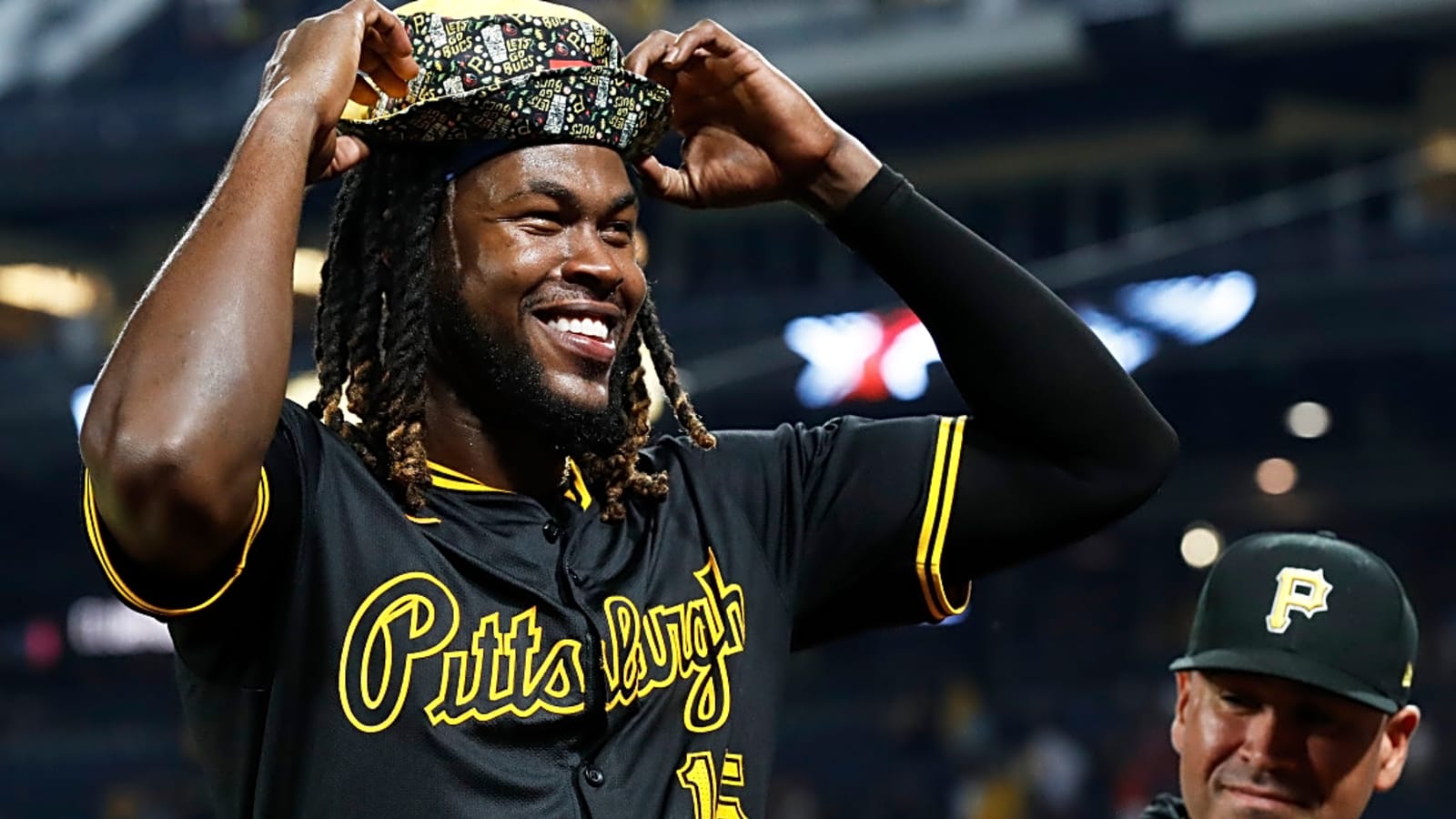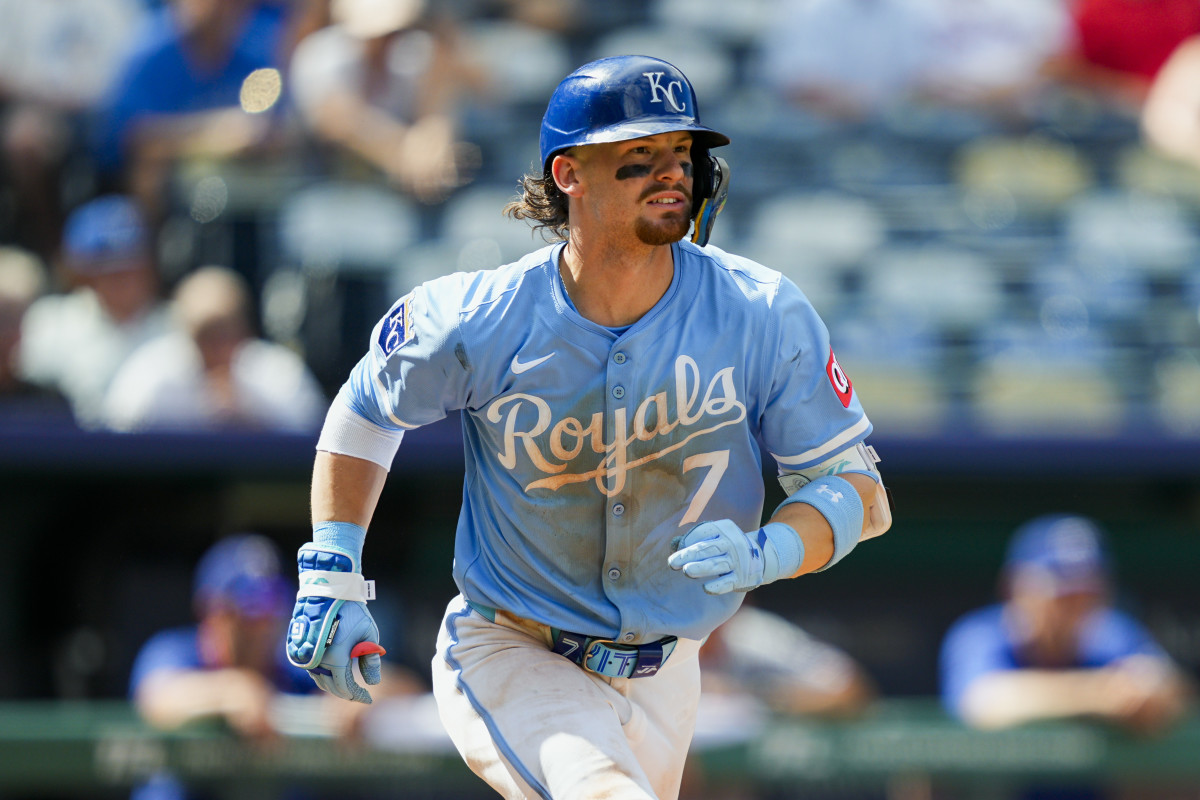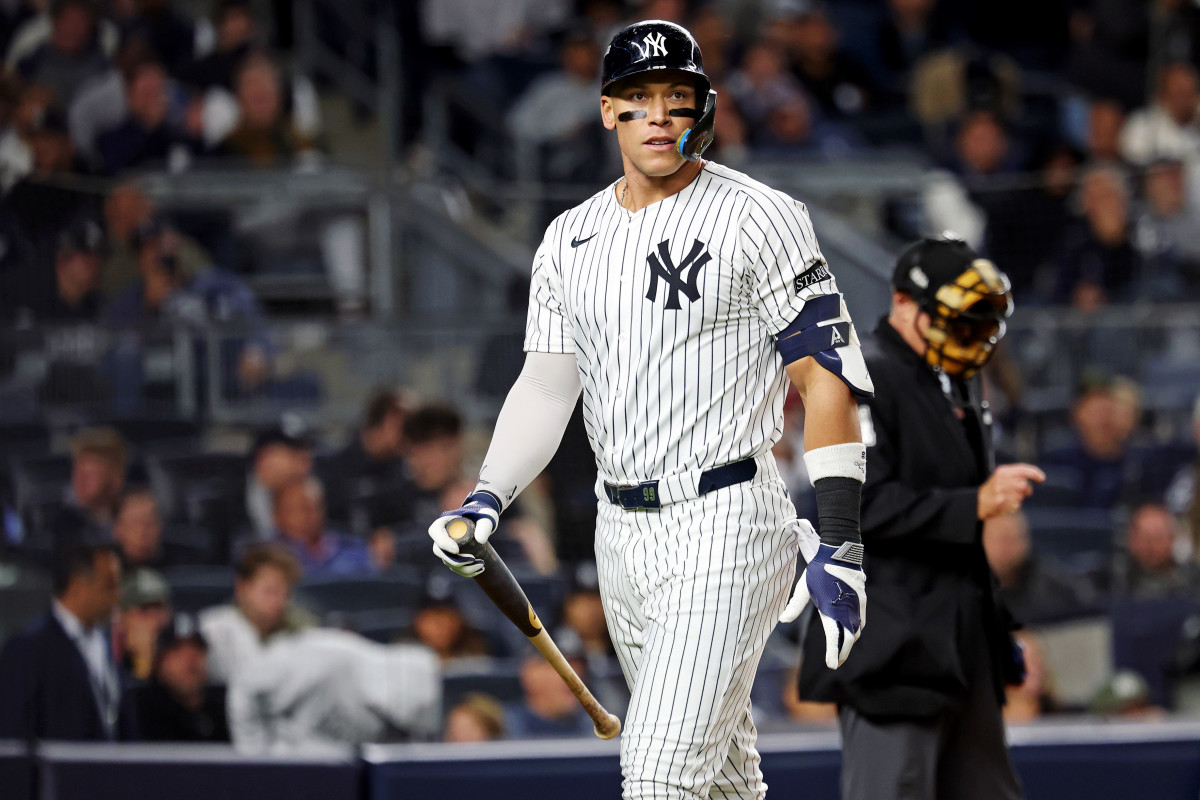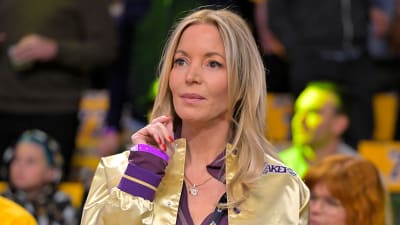
Batting average is one of the hardest things to handle as a fantasy baseball player. The changes in the game have set batting averages plummeting. The advent of deeper technologies has hurt. Pitchers have more information at their fingertips and a greater knowledge of how to throw more different pitches to keep hitters off balance.
In 2025, the league batting average was .245. In 1999, it was .271. In 2009, it was .262. In 2019, it was .252. The trend is incredible. So, what do you need to do to finish in the Top 3 in batting average in your fantasy baseball league? We have the roadmap strategies for you here.
Why Batting Average Is More Volatile Than Ever
Home Runs are Important to Players
Home runs have become the most important thing for players in the Majors. Their contracts are boosted by home runs and not by batting average. On Base Percentage (OBP) plus Slugging percentage (called OPS) is a critical component in how they get paid. Hitters need to walk and hit home runs.
Also, organizations continue prioritizing hitters who can elevate the ball and hit homers even if they don’t hit for average. A “three-true-outcomes” hitter may produce 30 HR, but his batting average might drop to .225. Managers and GMs don’t care as long as he takes his walks. If his OBP is .320, no one cares.
Many sites will calculate “Roto Value.” This is the value that a player has to your team in a dollar value out of $260 for a team of 23 players (9 pitchers and 14 hitters). Let’s take Oneil Cruz. He hit 20 home runs and stole 38 bases, but batted just .200. The batting average crushes his value, and he is only worth $10. If you take Bobby Witt Jr., he had 23 home runs and 38 stolen bases, but he batted .295, and that gives him a $33 value.
Focusing on batting average is critical to the value of players and your team.

Beware of Platoons
With stronger farm systems, scouting tools, and data-driven decisions for each matchup, platooning is the norm and not as rare as it used to be. Many platoon players can have high batting averages as they only face the pitchers that they have success with and usually based on handedness. Basically, if you have a right-handed batter who is in a platoon situation, he will generally only face left-handers, giving him far fewer plate appearances than a left-handed hitter in that platoon situation or an everyday player.
The result: even with a good batting average, it will not protect against bad batting average players on your team. If you have a .290 right-handed platoon hitter who gets 300 at-bats for the season. If you have a .230 hitter who gets 600 at-bats as a full-time player. The .290 hitter has only raised the combined batting average to .250. The platoon hitter is also likely to get fewer home runs, runs scored, and RBI just based on opportunity.
As a rule, stay away from platoon players except in leagues where the available player pool is super thin.
The Analytics Behind Predicting Future Batting Average
You don’t want to draft based on last year’s batting average. You want to draft based on skills that stabilize batting average. The best predictors:
1. Contact Frequency & Plate Discipline
Players like Jacob Wilson who make contact and don’t strike out a lot will most times have the most predictable batting averages. Some metrics to look at:
- Contact% (CT%) - Having over 85% contact rate is elite and can insure a strong batting average
- Strikeout % (K%) - seems obvious, but most hitters cannot hit for average if they are striking out a lot. Luis Arraez and Jacob Wilson are good examples.
- Walk % (BB%) - best example here is Aaron Judge, who last year parlayed his crazy 23% BB% to a .331 batting average even though he struck out 160 times or 23.5% of the time.

2. Contact Quality & Luck
We talked about a couple of these metrics when we discussed how to draft for home runs. There are a number of cross over metrics that are important to consider.
Two Statcast metrics matter most:
- Barrels - A “barrel” is a batted ball with the combo of exit velocity and launch angle. It shows that the ball is hit hard and on an angle to go for extra bases.
- Hard Contact (Hct) - Seems obvious that this metric combined with CT% would give you high batting average players.
- xBA (expected batting average) - Like we discussed in the how to draft for ERA piece, the difference between what is expected and what actually happens is an indicator as to when a player’s hitting should have a better batting average.
- BABIP (batting average balls in play) - This is my favorite indicator. When a player has a bad batting average, you can look at his BABIP compared to his career average. If a player has a career BABIP of .305 (the league average) and his current BABIP is .245. This means that he has hit the ball in play, but got out more than his average. This is unlucky. For each 20 points, he should hit 5 points better on batting average.
Your draft day choices should be based on better hard contact, better exit velocity, and players who have been unlucky told by xBA and BABIP.
4. Age
There are of course exceptions, but in general, players learn to hit for average by gaining plate discipline in the earlier years of their career. In the middle, they hit for average. After 33 years old or so, the average almost always drops at least 10 points a year.
Summary
We gave you what to look for in players and how to avoid getting too far behind in batting average. The opposite is true. When players don’t exhibit these traits or metrics, then stay away. Remember that when you draft a player who is expected to have a low batting average, you need to have the same number of at bats above your target to make sure you stay in range. For me depending on the league, the target is between .260 and .270. So to put a bow on this piece, if your target is .260 and you drafted say, Lawrence Butler who should have more than 20/20 next year, but hit .235, you will need to draft someone who will have 600 at bats and hit .285 like a Kyle Stowers or Geraldo Perdomo did in 2025.
Protect. Protect. Protect.
More must-reads:
- Tigers' potential plan with Tarik Skubal could be a 'catastrophe' in this scenario
- New Angels pitcher Grayson Rodriguez reveals interesting health update after Orioles trade
- The '2022 NFL Week 1 starting QBs' quiz
Breaking News
Trending News
Customize Your Newsletter
 +
+
Get the latest news and rumors, customized to your favorite sports and teams. Emailed daily. Always free!








